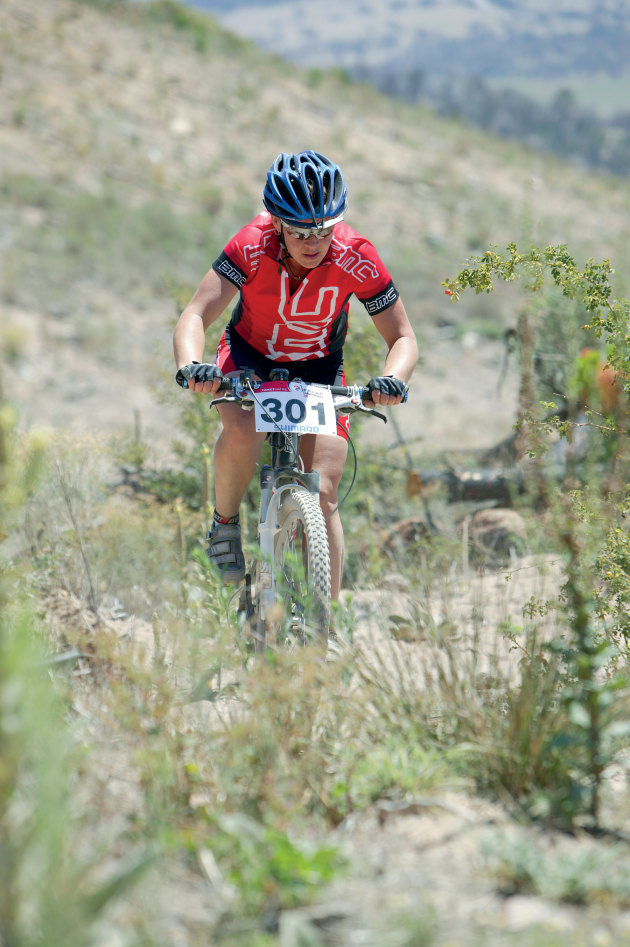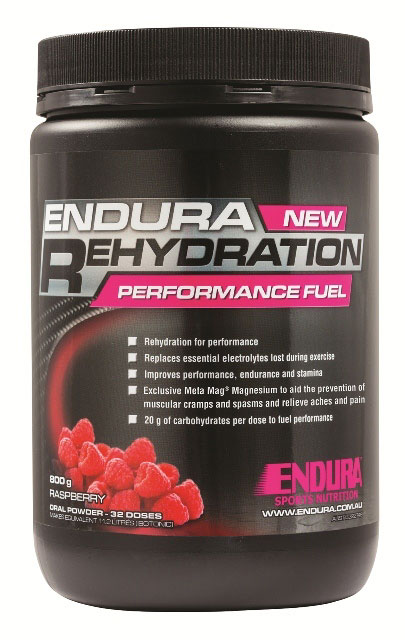Summer is here and with it comes the scorching temperatures. Riding in hot weather causes an additional strain on your body’s temperature regulation and physiology. This in turn decreases your ability to smash it out on the trails and leads to more suffering all round. Thankfully there are several ways to reduce the impact of heat on your body, so your mountain biking prowess remains intact as the mercury rises.
Acclimatise
Ever notice that by the end of summer, the heat doesn’t feel so bad compared to the start? That is because you’ve acclimatised to the hot weather throughout the season. Acclimatising is one of the most important things you can do to counter the effects of the heat on your body.
How does this help you now? Well you can actually speed up your acclimatisation by making a concerted effort to get out in the heat every day for at least an hour. Do this for one or two weeks and you’ll start to adapt.
Make sure that you are well-hydrated when you first head out and drink regularly to avoid dehydration when you’re still getting used to the heat. This improves your comfort level in higher temperatures as well as your exercise capacity. In other words, the heat won’t slow you down as much compared to if you were not acclimatised. You will start to feel improvements within the first few days, but it really takes a two full weeks to get all the benefits of acclimatisation.
The following changes will occur in your body during this heat acclimatisation phase:
1. Increased sweating response
2. Increased blood flow to the skin for better cooling
3. Blood volume expansion which improves ability to sustain blood pressure and cardiac output
4. Your body becomes more efficient at balancing fluid and electrolyte levels
Dealing with Dehydration
The most obvious and familiar effect of the heat is increased sweating. The more you sweat, the more water you lose and this leads to dehydration. When you become dehydrated the blood volume drops and your blood gets thicker or ‘hyperosmolar’. So the amount of blood that goes through your heart is reduced and the blood pressure regulation is affected.
Collectively this places increased strain on your cardiovascular system and makes it harder to tolerate the added load from exercise. Dehydration affects performance once you lose 2% or more of your body mass in fluids. As you’d expect, this performance loss is best avoided by drinking to keep your body fluids topped up.
There is some debate surrounding this, with a degree of uncertainty over whether dehydration actually affects aerobic performance. Of course there are strong recommendations from sports drink companies to drink a lot, but these obviously need to be taken with a grain of salt. The actual fluid recommendations can vary quite a bit between the camp that says ‘just drink to thirst’ and the other camp that suggest you should follow a specific regimen.
Personally I lean towards taking a calculated and scientific approach to drinking, especially if you’re going to be out for extended periods of time—you don’t want to be halfway through an epic ride when you find that your body’s built-in thirst gauge was out of whack! I feel that just drinking to thirst is more likely to create a ‘too little too late’ scenario. There are decades of research that support the benefits of staying well hydrated, and you can’t really argue with it given the body’s physiological response to heat.
There is a risk of over-drinking however; this is called hyponatraemia or fluid-overload. For this to occur, you’d need to drink a LOT and exercise at a really low intensity, which together creates the perfect storm by not sweating enough and drinking too much. As unlikely as this is, it’s potentially very dangerous condition. The fact that deaths have been attributed to hyponatraemia has probably been a factor behind the recent resurgence in the drink to thirst theory.
Pre-Hydration
If you have an event coming up or a big ride planned this summer, it is wise to ‘pre-hydrate’. Water is fine but you can also use a sports drink with a good sodium content; something with at least 500mg/L.
Pre-hydration should take place one or two days prior to a long and hot ride. It’s recommended that you drink 6ml of water per kilogram of body weight every two or three hours. For the average person this equates to an extra 2.5-3L of fluid per day in the lead up to the big event or ride. Use a high carbohydrate drink for your pre-hydration and you’ll also bolster your body’s energy supplies for that big ride.
Hydration During
The normal rate of sweating is about 1.0 – 1.5L/hour during harder exercise but some can sweat as much as 2.5L so individual fluid requirements vary. Different things affect the sweat rate such as your metabolic rate, the environmental conditions and how well you’re acclimatised. I always recommend using a good sports drink with sodium because that is the main electrolyte lost through sweating. The risk of cramping will be minimised as well by ensuring that enough sodium is consumed.
Those who are more prone to cramping can increase the sodium up to 1,500mg/L. A standard sports drink contains approximately 500mg/L, so you can add another 1/3 to ½ tsp. of salt to the mix. One teaspoon of salt contains 2,400mg of sodium
As a general rule, for hot weather rides that are over hour in in length, aim for 250-300mL every 15 minutes, and use a sports drink containing 500-700mg sodium per litre.
Individual needs will vary, so if you’re a heavy sweater you need to consume more, and if prone to cramping add some salt as mentioned previously.
Also, don’t forget about your carbohydrate needs. The target is 30-60g carbohydrate per hour for anything between 1-2.5 hours. If you’re out for more than 2.5 hours, aim for up to 90g of carbohydrate per hour. Remember the carbs in your sports drink count towards the total carb tally.

Post-Rehydration
After a session in the heat, even if you’ve been drinking during the ride, you’ll still need to rehydrate. When it’s really hot it’s near impossible to replace what you lose in sweat whilst you’re on the bike. Once you get home you need to play catch-up and replace these fluids as it will speed your recovery.
To determine your fluid loss, simply weigh yourself before and after the ride, then calculate the difference to get your body mass loss. It’s recommended that you consume 150% of your body mass loss in the hour following your ride. So if you lost 1kg, the target would be 1.5L. This might be hard to achieve, so a more realistic target is 100-120% of body mass loss. The best way to recover is to have a mix of fluids and salty foods so you are replacing the carbs and protein too.
External & Internal Cooling
In addition to acclimatising and hydrating, you can take things a step further with cold water immersion, ice garments or cold wet towels to pre-cool before heading out. I have never heard of anyone actually doing this but jumping into a cold pool or an ocean swim after a hot day is pretty much a universal rite of passage for summer. More practically, having a cold drink or ice slurry before exercise has a beneficial pre-cooling effect that can help performance. Cold drinks can also be used during your ride to help stay cool.
Towelling off wet skin and fanning is quick, easy and practical, particularly if you’re riding a multi-lap style event where you can have a pit stop and implement some if these ideas. Even better still, you can geek out and have a cooler waiting with your ice jacket, slurries and cold towels. You will be the envy of all your mates, and the coolest cat on the track!











